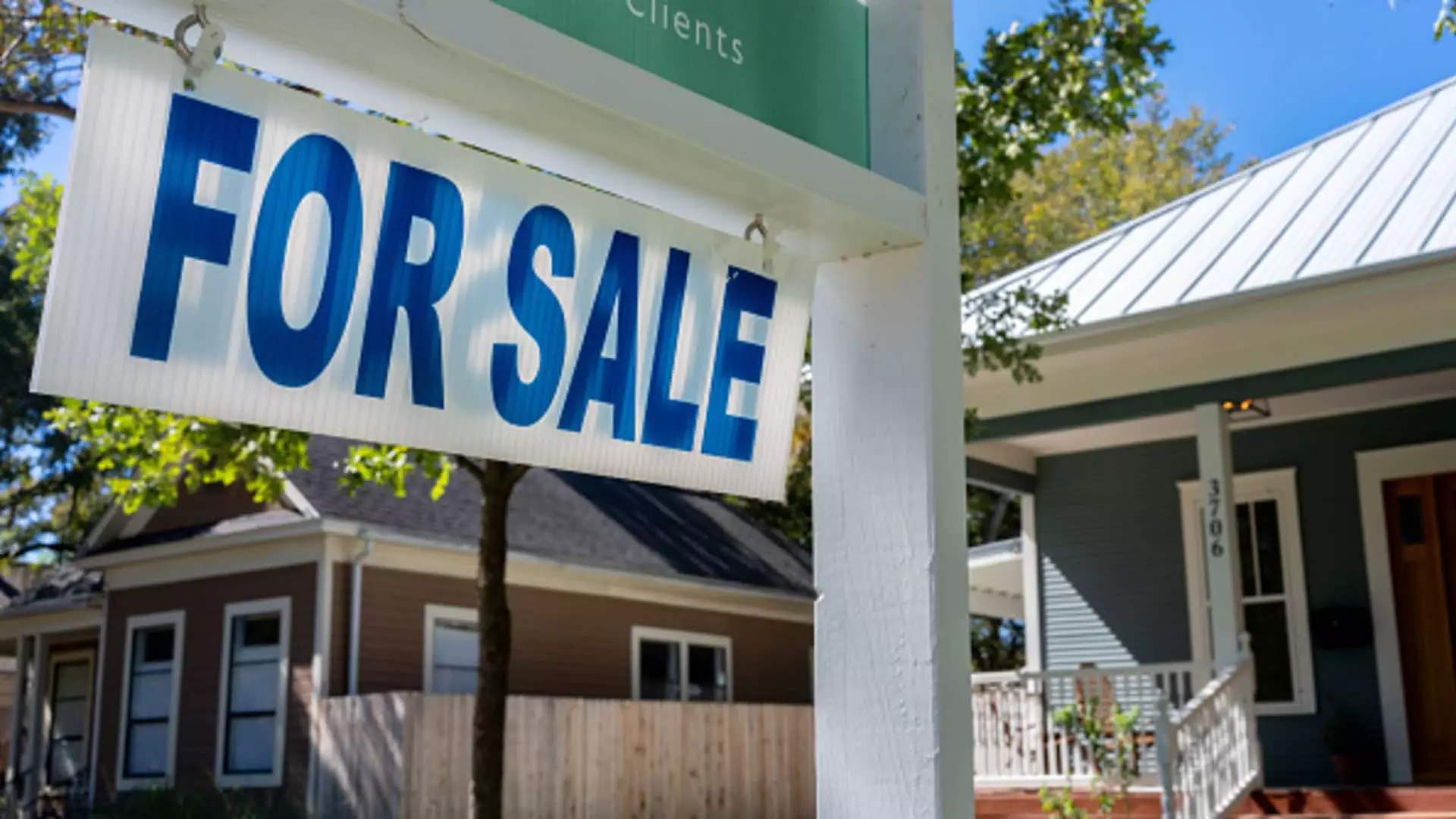As current mortgage rates hover around 6%, a sense of longing permeates the housing market—a longing for the previous low-interest rates of 3% that characterized the years 2020 and 2021. In this context, prospective homebuyers increasingly turn to Google, with searches for “assumable mortgage” surging since May and reflecting a growing interest in alternative financing options available in the real estate landscape.
Assumable mortgages allow potential buyers to step into an existing mortgage agreement under its current terms. This could lead to securing significantly lower interest rates, sometimes ranging from 2% to 3%. These attractive conditions hark back to an era where such arrangements were more common; the 1970s and 1980s saw a peak in this financing method. However, the passage of the Garn-St. Germain Act in 1982 altered the course for assumable mortgages. The law established a due-on-sale clause, compelling sellers to pay off their existing mortgage upon selling their home, which effectively marginalized the concept for decades.
Today, the landscape has shifted somewhat, with a limited variety of loans still retaining the assumable feature. These notably include Veterans Affairs (VA) loans, Federal Housing Administration (FHA) loans, and United States Department of Agriculture (USDA) loans. The recent revitalization of interest showcases the potential of these types of mortgages in a market starving for affordability and suitable financing solutions.
Despite the apparent benefits of assumable mortgages, their actual utilization remains limited. According to industry data, only about 20% to 25% of homes listed for sale may possess assumable qualities. Raunaq Singh, the CEO of Roam, points out that the realization of assumable mortgage transactions is lagging far behind the number of existing eligible mortgages. For example, in 2023, a mere 4,052 FHA-backed mortgage assumptions were finalized, although this figure represented a notable 59% increase from 2021. The VA loans achieved an even more dramatic rise, reflecting a staggering 713% increase in assumptions over the same period.
These figures illustrate a critical disconnect: a vast supply of assumable mortgages is not translating into consumer adoption. On the other hand, the first half of 2024 has already shown that both the VA and FHA are exceeding last year’s total estimates, collectively surpassing 5,000 assumptions thus far.
As interest rates continue to weigh heavily on potential homeowners, a deeper understanding and exploration of assumable mortgages could provide viable pathways toward homeownership. The challenge lies in elevating the awareness and perceived advantages of such financial products among buyers and real estate professionals.
As the market evolves, so too should the strategies that buyers employ. The recent trends signify not only a revival in interest but also an opportunity to reshape the narrative around assumable mortgages, making them a more viable option for today’s homebuyer looking to secure favorable lending conditions amid rising economic challenges. As prospective homeowners navigate this landscape, they may find that the key to affording their next purchase lies not just in new listings, but within opportunities hidden in existing mortgage frameworks.

